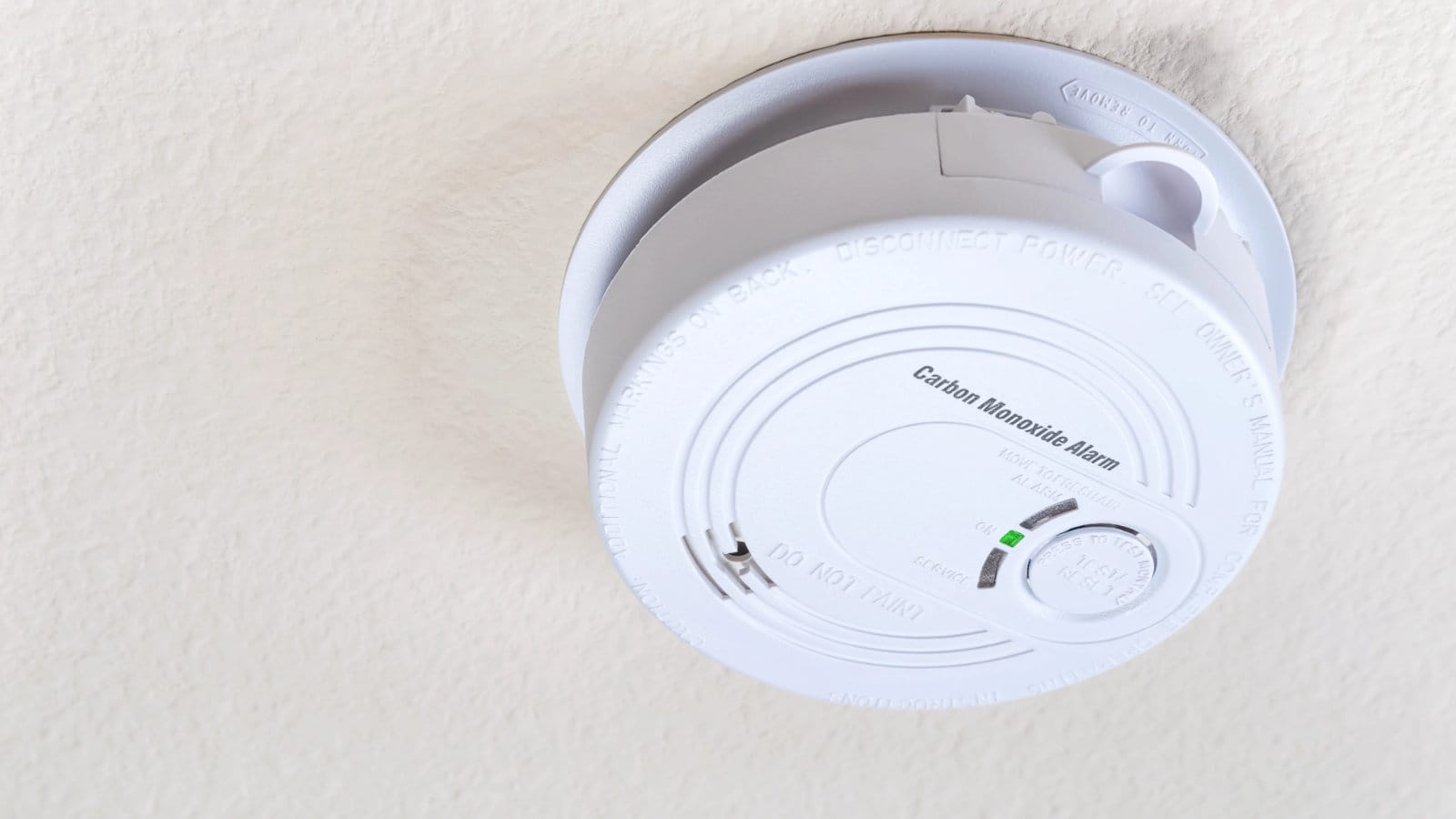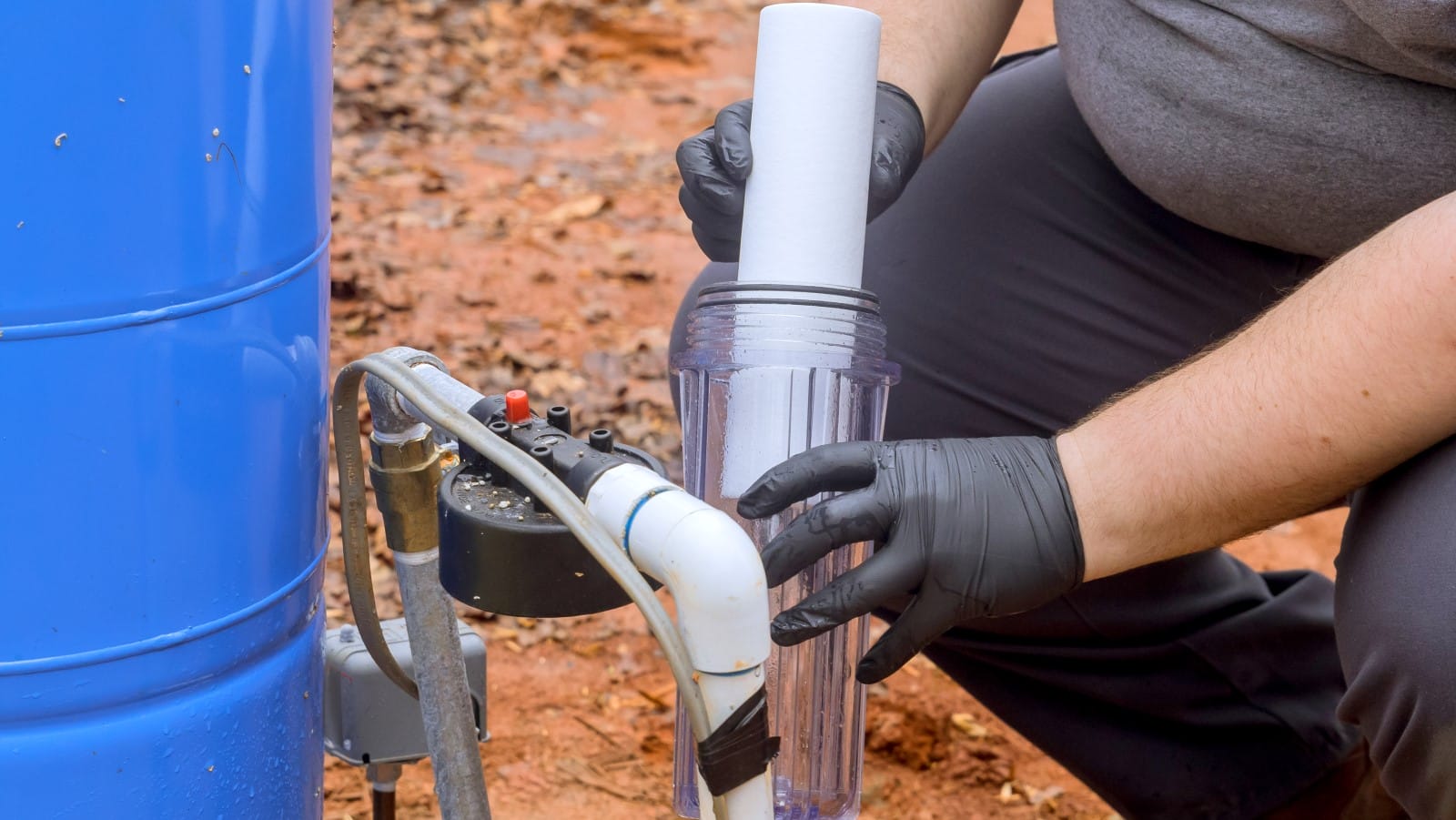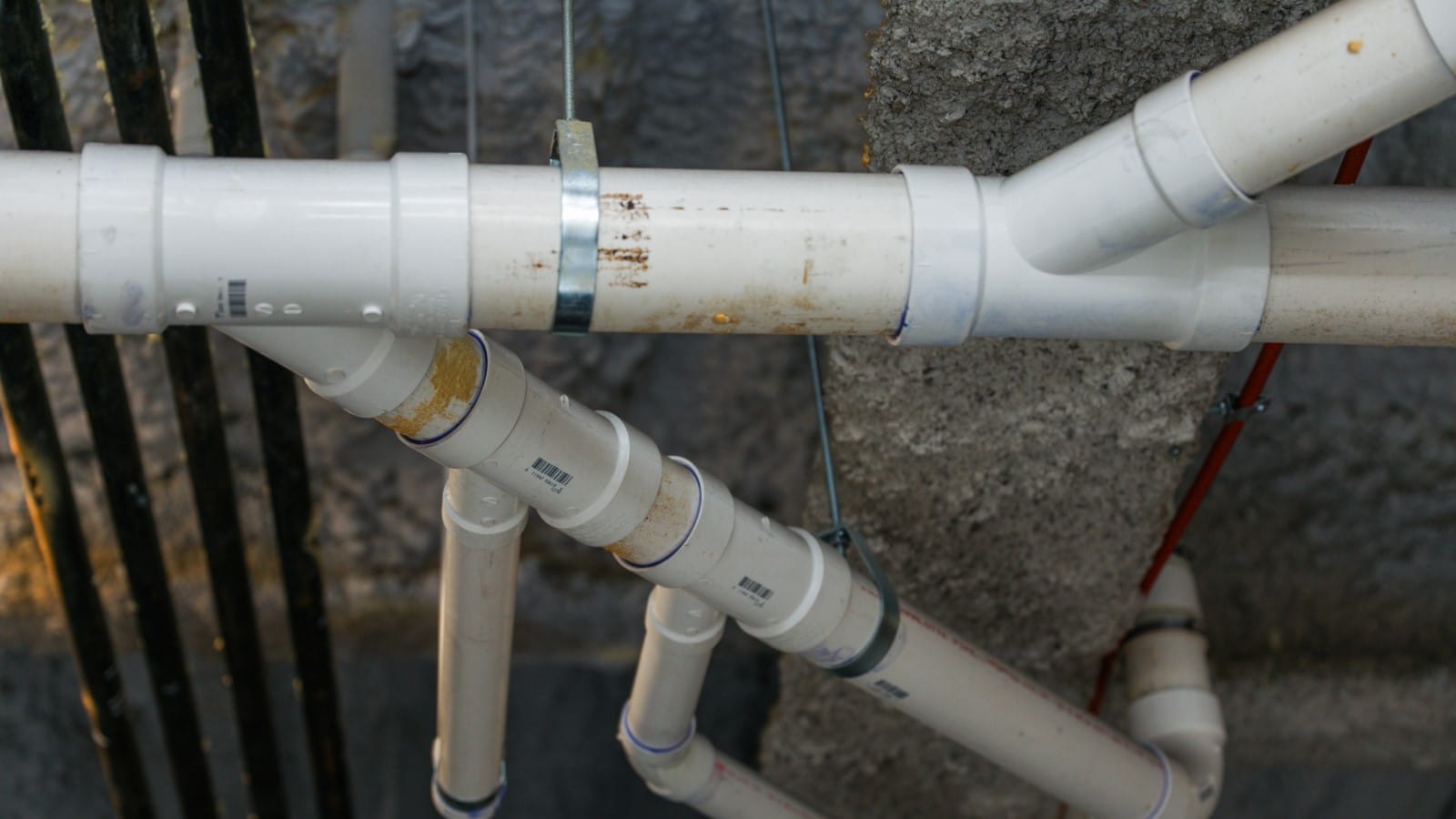Carbon monoxide (CO), an invisible, odorless gas, poses a serious threat in our homes, claiming lives annually. Carbon monoxide detectors are our first line of defense, alerting us to CO’s presence. However, when these detectors sound off without an obvious CO source, it raises questions: is it a false alarm or a real danger? This article explores the intricacies of carbon monoxide detectors, including the causes of false alarms, their operation, and crucial actions to take when an alarm sounds. We’ll cover how CO detectors work, identify CO poisoning symptoms, and offer tips to prevent CO leaks, ensuring your home remains a safe haven.
By reading further, you will:
- Learn how to respond when your carbon monoxide detector beeps, distinguishing between a real threat and a false alarm.
- Understand the importance of regular maintenance and proper installation to ensure your CO alarm effectively protects against this deadly gas.
- Discover practical advice on ensuring your home’s ventilation is adequate, highlighting the significance of opening doors and windows to prevent hazardous buildup.
Understanding Your Carbon Monoxide Detector
Carbon monoxide detectors are essential safety devices designed to alert occupants of potentially dangerous levels of carbon monoxide (CO) gas in the home. CO is an odorless, colorless, and lethal gas that can be emitted from any appliance that burns fuel, such as furnaces, water heaters, and stoves. It’s crucial to understand how a carbon monoxide detector works to trust its alerts and know when it might malfunction. Understanding detector alerts involves:
- Sensing Technology: Detects CO levels, sounding an alarm when exceeding safe thresholds.
- Common Alerts:
- Immediate Danger: High CO levels require urgent action.
- Maintenance Alerts: Low battery or sensor malfunction indications.
- Error Signals: Often indicate a malfunction or end of life for the detector.
- False Alarms: These can be caused by low batteries, sensor issues, or external gases.
It’s vital to recognize and respond appropriately to each alert type for safety and maintenance.
The Alarm Sounds: Is It a False Alarm?
When a carbon monoxide alarm goes off, it’s natural to wonder if it could be a false alarm.
While CO detectors are designed to be reliable, various factors can cause them to beep erroneously. False alarms can be caused by incorrect installation, placement near a source of fumes or steam, or even a buildup of dust and dirt on the sensor. It’s important to test your CO detector regularly to ensure it’s working properly and to replace the batteries every six months to prevent low-battery chirps that can be mistaken for an alarm.
What to Do When Your Carbon Monoxide Detector Goes Off
Hearing your carbon monoxide detector sound off can be alarming, but taking structured and prompt action is crucial for the safety of your home and family. Follow this checklist to ensure you handle the situation effectively:
- Immediately Assess for Symptoms:
- Check if anyone in the home is experiencing headache, dizziness, nausea, or flu-like symptoms indicative of carbon monoxide poisoning.
- Evacuate If Necessary:
- If symptoms are present, evacuate all occupants immediately and call 911 from a safe location.
- Check the Detector:
- Determine if the alarm is due to a low battery or another simple issue, such as a malfunction or expired detector life.
- Investigate the Cause:
- If the detector may be signaling true levels of CO, attempt to ventilate the area by opening windows and doors, only if it’s safe to do so without risking your health.
- Inspect appliances for proper operation and ensure there is no use of equipment known to produce CO indoors (e.g., grills, and generators).
- Call for Help:
- If you cannot identify a simple reason for the alarm (like a low battery) or if you suspect elevated levels of CO, call emergency services or the fire department immediately. Mention that your carbon monoxide alarm has gone off and you need an investigation.
- Prevent Further Risk:
- Do not re-enter the premises until it has been cleared by professionals.
- Ensure all fuel-burning appliances are checked by a qualified technician before use.
Prevention Maintenance
- Regularly test and replace batteries in battery-powered or backup battery systems for wired detectors.
- Have a professional inspect and maintain your heating system, water heater, and any other appliances that burn gas, oil, or coal annually.
By treating every alarm as a potential hazard, you adhere to the precautionary principle against carbon monoxide— the “silent killer” that is both odorless and colorless.
Ensuring that a carbon monoxide alarm is installed on each level of your home and tested regularly, alongside preventive measures, can significantly reduce the risks associated with this deadly byproduct of incomplete combustion. Stay vigilant to protect your home and family from the unseen dangers of CO.
Carbon Monoxide Poisoning: Recognizing the Symptoms
Carbon monoxide poisoning can cause severe headaches, dizziness, confusion, and nausea. These symptoms often resemble the flu, making it difficult to diagnose without a CO detector. Prolonged exposure to CO can lead to more serious health issues, including brain damage or death. It’s vital to recognize these warning signs and have a functioning carbon monoxide detector installed in your home to alert you to the presence of this “silent killer.”
Preventing Carbon Monoxide Leaks in Your Home
Preventing carbon monoxide buildup in your home is key to keeping your family safe. Ensure proper ventilation in areas with combustion appliances and never use outdoor grills or generators inside your home or garage. Regular maintenance of your HVAC system and other fuel-burning appliances is also crucial. Consider installing a CO detector on every level of your home and near sleeping areas for added protection.
How Carbon Monoxide Detectors Work
Carbon monoxide detectors use electrochemical sensors to detect the presence of CO gas in the air. These sensors react with the gas and produce an electrical current that triggers the alarm when CO levels reach dangerous points. It’s important to test your detector every month and replace it every five to seven years, as sensors can degrade over time, affecting the detector’s accuracy.
Keeping Your Home Safe and Secure
As residents of Rockwall, TX, ensuring the safety of our homes against the silent but deadly presence of carbon monoxide is a responsibility we all share.
This article has guided you through understanding the vital role carbon monoxide detectors play in safeguarding our families from this odorless and colorless gas. We’ve explored the nuances of false alarms, the importance of emergency preparedness, and the steps to take for prevention and response. As we conclude, let’s recap the essential strategies to enhance the security of every home against the threat of carbon monoxide:
- Install Carbon Monoxide Detectors: Ensure a carbon monoxide alarm is installed on every level of your home, especially near sleeping areas, to detect high levels of CO.
- Regular Maintenance: Test your detectors regularly and replace batteries as needed to maintain their functionality.
- Immediate Response: Educate your family about the importance of responding quickly to alarms and the steps to take if one sounds.
- Professional Inspection: Have fuel-burning appliances checked annually by a qualified technician to prevent leaks.
- Emergency Preparedness: Familiarize yourself with the symptoms of CO poisoning and have a plan in place for evacuation and contacting emergency responders if necessary.
Incorporating these measures into your home safety plan can significantly reduce the risk of carbon monoxide exposure, ensuring the well-being of your loved ones. As homeowners in Rockwall, TX, it’s crucial to stay informed and proactive in preventing carbon monoxide hazards. Remember, the right knowledge and tools, such as having a carbon monoxide alarm installed and understanding the importance of emergency responders, can make all the difference in ensuring your safety and that of your family. Stay vigilant, stay safe, and take the necessary steps to protect your home from the dangers of carbon monoxide.







